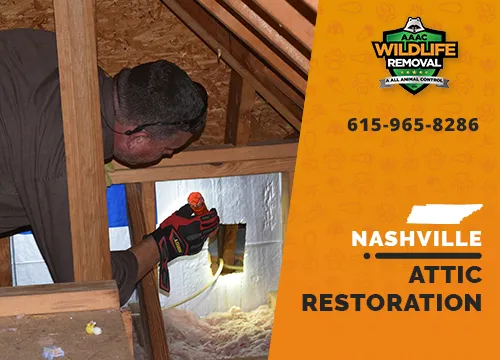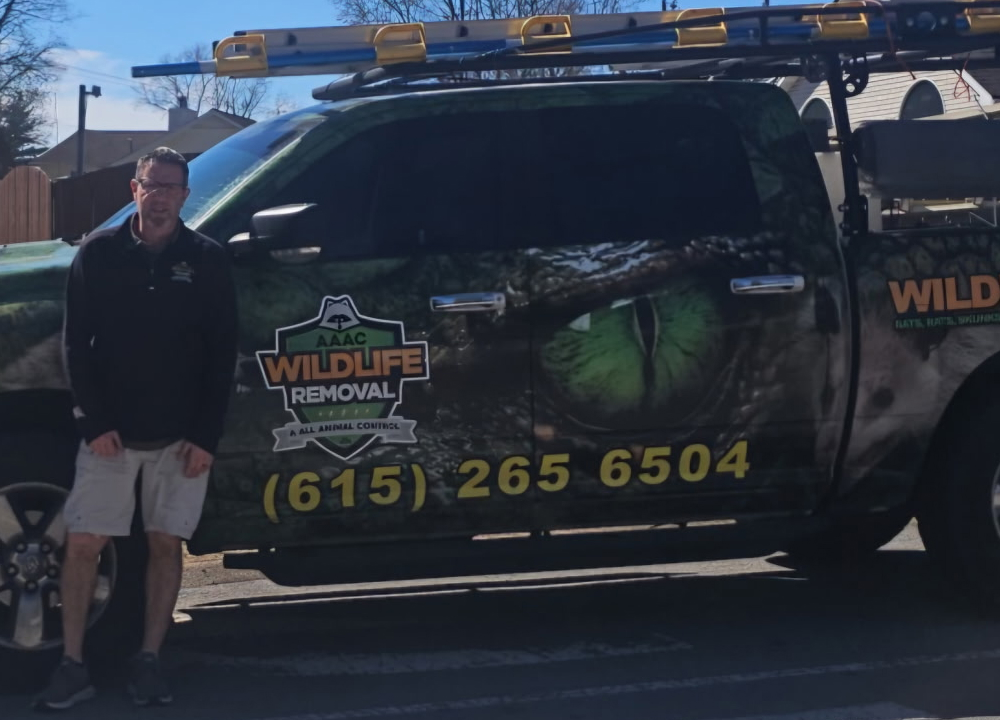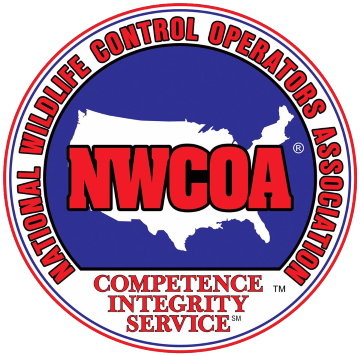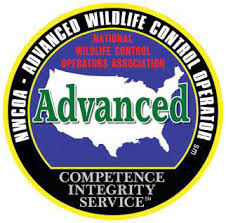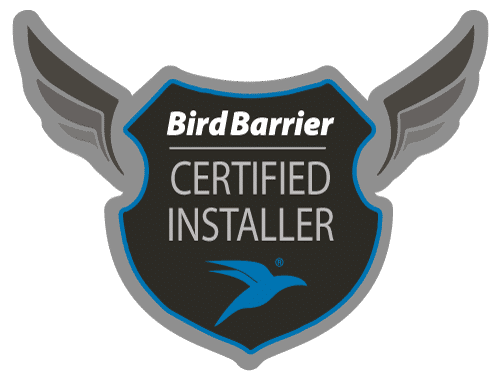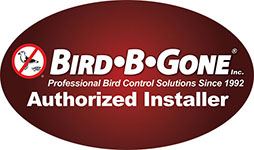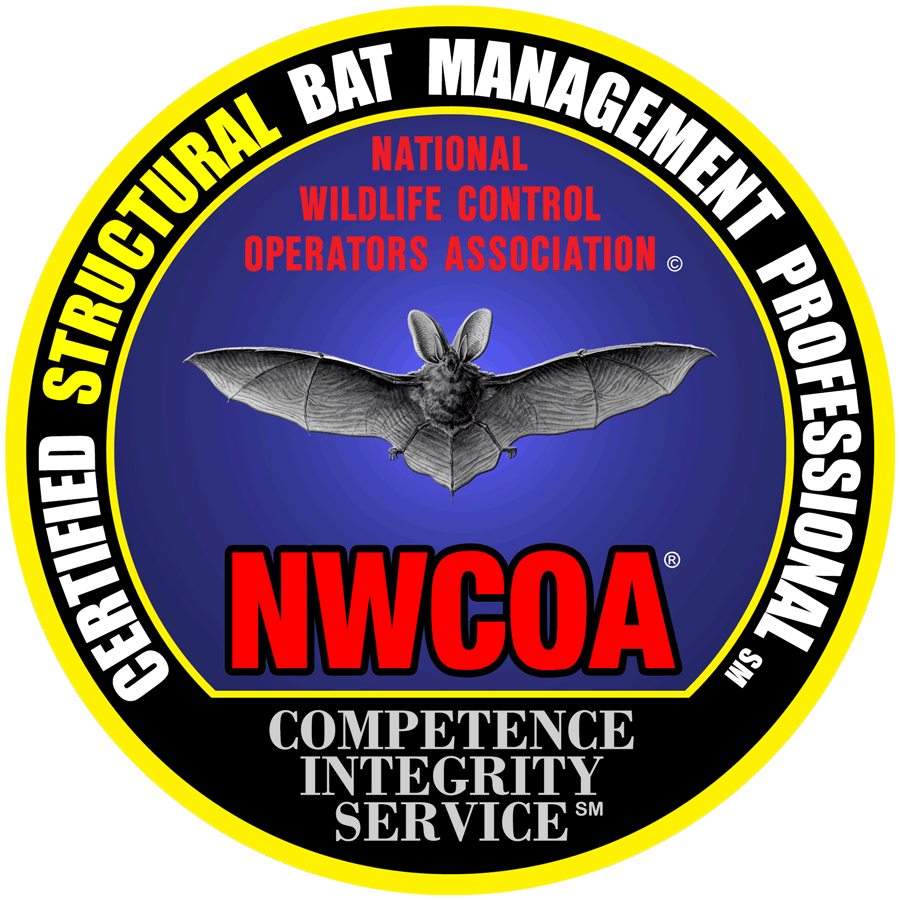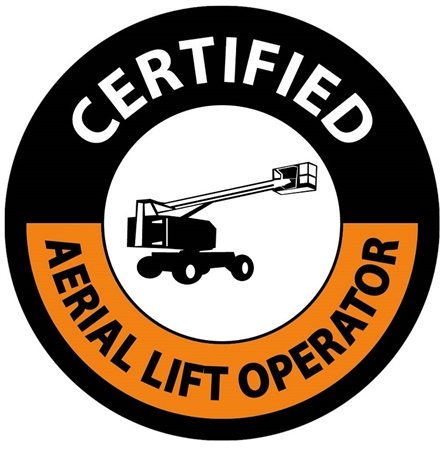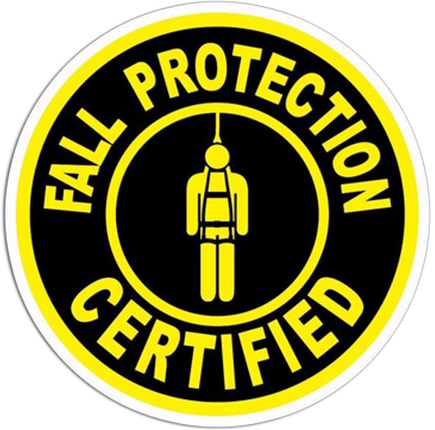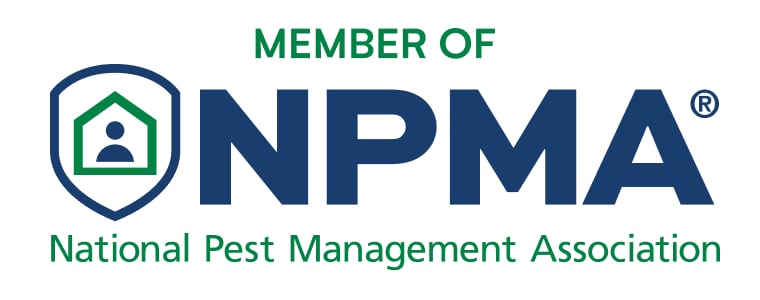How We Restore Your Attic
Although they are not able to chew through insulation material, they can tear it apart. The insulating material becomes more than just bedding: after all, the animals that are tearing at your attic’s barriers will also make a home for themselves in said holes and leave behind their own contaminants like urine and feces. You’ll also lose money because these areas have less insulation integrity. These are the steps that we follow when restoring an attic.

Scoop out Larger Feces Clumps
The first step of an attic restoration is to remove large amounts of feces left behind by insects. To get rid of the droppings from walls and ceilings, we use a long-handled device. For any droppings that are dried or stuck on hard surfaces, we will soak them with water and then scrape them off with a wire brush.
The technicians at AAAC use a special tool that has an extendable handle so they can climb onto the roof of your house to get to the high areas where raccoons and squirrels usually leave feces. Sometimes, technicians will need to remove large amounts from rafters or the eaves of your house.

Vacuum Small Feces
Next, remove any rodent feces pellets from an attic. This is the best way of getting rid of small rodent feces from an attic. AAAC uses a specialized machine with a large enough hose that can reach the furthest point in your attic. This machine has an extra-long vacuum tube and high-velocity suction. HEPA filters are included to remove any animal hair or droppings from insulation and other surfaces. To clean small droppings, AAAC Wildlife will also use a special brush attachment that is designed to reach tight spaces such as corners and accessible areas near the roofline.
AAAC uses ultraviolet light to find small feces in attics. UV light will produce black dots wherever feces are left behind by animals, including bats, rats, and raccoons.

Air Duct Cleaning & Repair
AAAC Wildlife Control also offers ductwork restoration and repair services. AAAC uses a specially designed tool to clean the inside of ducts and remove any debris. Once this is done, we can spray a disinfectant on the ducts to eliminate any remaining bacteria or viruses that may have been left behind by bats, rats, raccoons, or squirrels.

Decontaminate the Attic
After the removal of the animals, the most important part is the cleanup of the attic. This is an essential part of the job. You want to make sure your family remains safe from possible microbial pathogens.
AAAC Wildlife Removal uses a UV light to identify areas that may have been infested with rodent droppings. The technicians will then use a disinfectant spray to clean the affected surfaces and areas, killing all microorganisms that may be present in animal feces.
AAAC Wildlife Removal will fog your attic with a fine mist that kills microorganisms found in animal feces. They use an electric sprayer to make a mist of microscopic drops that is invisible to the naked eye. As the droplets evaporate, they produce a chemical residue that’s toxic to microorganisms such as algae, molds, bacteria, and viruses.
Drying is an important part of the attic restoration process as any moisture left behind can cause mold growth. AAAC may use an attic dehumidifier to eliminate any moisture remaining in insulation and wood. This also helps prevent mold growth during re-insulation of the attic space.

Full Attic Insulation Replacement
This part of the restoration work is completed by removing old insulation and then installing a brand new one. The old insulation must be removed carefully to prevent ruining adjacent areas or leaving a mess behind. Insulation is typically wrapped around joists and rafters. It’s important to not pull too hard, as you could damage the wood structures in your attic.
Mold spores and other hazardous substances can be found in the insulation and released into the air when removed. Our technicians wear masks to protect them from any hazardous airborne particles entering the air-ducts.
The technicians will remove the old insulation and install the new insulation. This insulation should be cut to fit snugly around rafters, joists, and other structures. Although cutting things close can lead to some leftover insulation. Also, the technicians use masking tape to secure everything during installation.
What is full attic restoration?
Attic restoration involves restoring the functionality and appearance of an attic. Attic restoration consists of insulation, decontamination, and waste removal.
Attics lose their ability to insulate over time due to accumulated dust, animal droppings or ice accumulation. This causes more heat loss through your home than it would if the insulation was intact. The decontamination process begins with using fans throughout interior areas that have been affected by moisture such as closets or bathrooms where there has been leakage from the water carrying away dirt and dust.
How do you disinfect an attic?
Remove soiled insulation, decontaminate with a disinfectant and an ultraviolet sterilizer, and sanitize to kill the bacteria. To prevent reinfection, you must clean all surfaces that come in direct contact with the contaminated material.
To ensure safe and efficient disinfection, the process starts with removing insulation. The use of a strong suction system is also necessary for attic restoration to remove any mold or bacteria from surfaces such as wood joists or roof rafters. A biocides washdown is performed after which any mold remains are removed. It also leaves behind an antimicrobial compound to prevent the growth of mold and mildew in the future. Lastly, light sterilization disinfects the area with ultraviolet lights similar to those used in hospitals.
Total Attic Restoration Solutions
AAAC Wildlife Removal offers attic restoration services. We can clean out attics after wildlife removal. To restore the attic’s original condition, we clean out feces and remove any insulation that has been contaminated. AAAC Wildlife will soak any droppings stuck to hard surfaces or dried with water. Then, we’ll use a wire brush and scrape them away. AAAC Pest Control uses a tool with an extended handle that allows them to reach high places where squirrels and raccoons often leave their feces. Air Duct Repair is available for those who want to have their ducts clean and free from animal hair and droppings. Get your attic back by calling us today!

